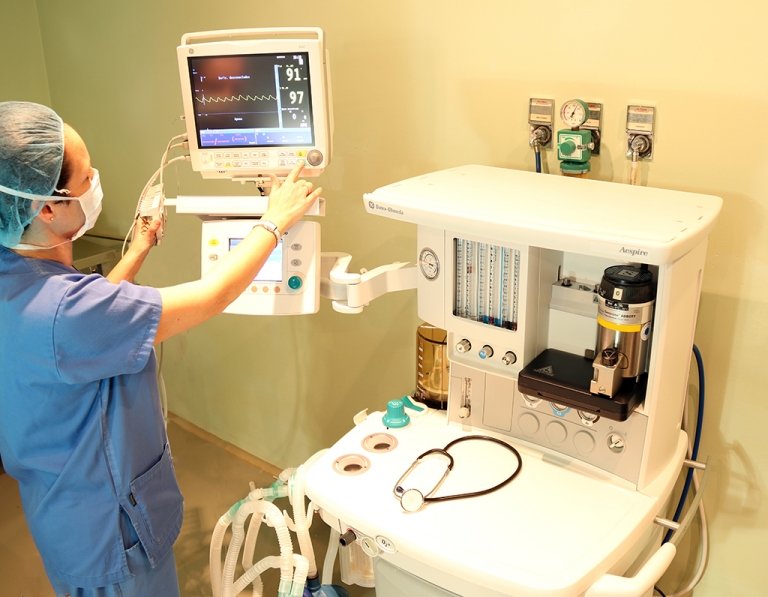
Should IVF (in vitro fertilisation) be carried out using sedation or under anaesthetic?
Follicular puncture, or ovarian puncture, is one of the fundamental stages of in vitro fertilisation (IVF). It consists of surgery in order to retrieve eggs from inside follicles in the ovary. Excellent patient satisfaction and well-being when using these techniques reduce the emotional stress that they generate.
Huge progress has been made in the field of assisted reproduction and these steps forward will always be thought of as historical milestones in medicine. Comfort and safety are some of the most significant improvements that have been made. During the early days of IVF, eggs were retrieved by means of ovarian puncture under general anaesthetic delivered by inhalation. This technique was relatively cumbersome and egg retrieval results were low in comparison with the technique used nowadays. Patients were required to stay overnight at the clinic.
Transvaginal follicular aspiration under (paracervical) local anaesthetic began in the 1980s, but this technique was soon abandoned because of significant patient discomfort and the high percentage of patients who required additional sedation. Furthermore, there was a risk of systemic absorption of the local anaesthetic and the possibility of generating elevated concentrations of the anaesthetic in the follicular fluid.
The current go-to technique for follicular puncture is sedation because the drugs used in this technique provide for optimum clinical, biological and genetic safety with no negative impact on fertilisation, cell division, implantation and pregnancy rates. This means that satisfaction of both the patient and the gynaecologist is guaranteed.
Refraining from eating and drinking is essential in order for retrieval to go well and in order to avoid side effects and complications. Patients should avoid eating and drinking for 6 hours prior to the puncture procedure.
Going to the appointment at the clinic accompanied by someone else is advisable since women can feel a little disoriented following surgery as a result of the sedation. Patients should wait for a reasonable time (around 2 hours) before leaving the clinic. Resting for the remainder of the day and avoiding exertion is recommended.
Ana Pérez, nurse at Instituto Bernabeu.
